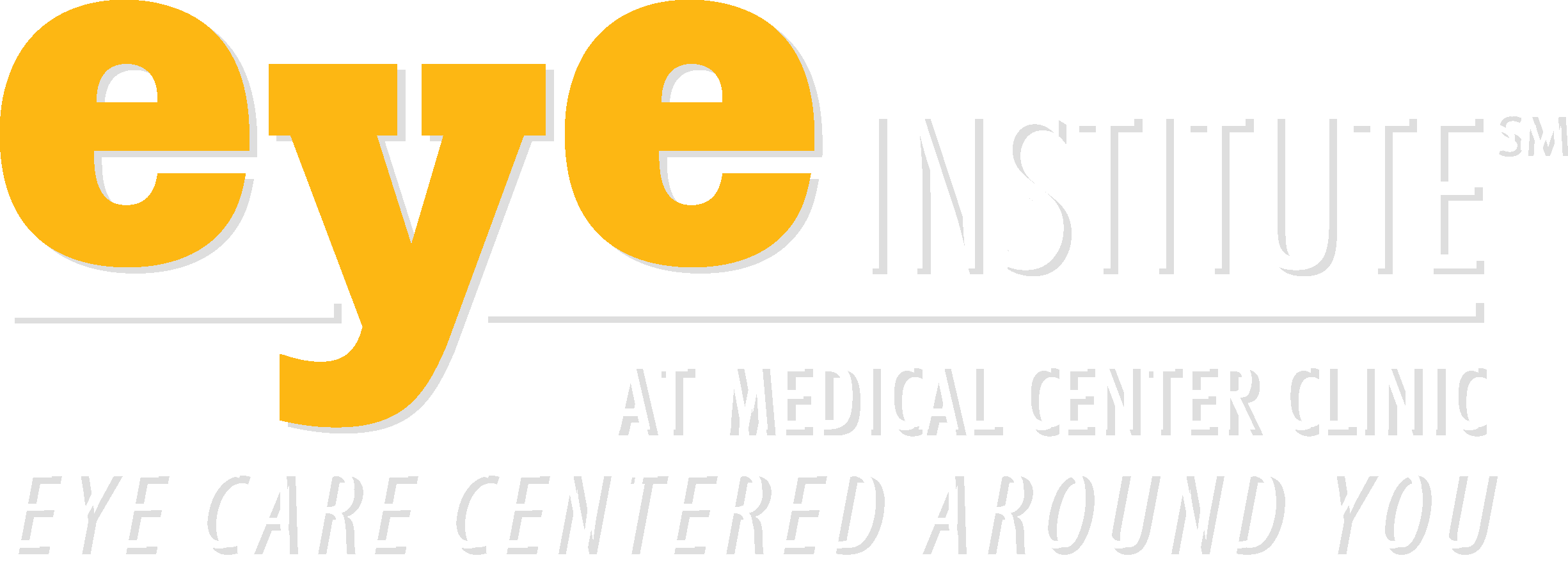Intacs® Corneal Implants
Intacs® corneal implants reshape the cornea in patients with keratoconus-related nearsightedness. Intacs corneal implants, which are FDA-approved, adjust the natural shape of the cornea to precisely focus light rays on the retina. The implants, which are composed of the same materials as intraocular lens implants, can be removed or exchanged if there is a change in the patient’s vision.
Benefits of Intacs Corneal Implants
Benefits of Intacs corneal implants include the following:
- Implants can be removed or replaced
- Implants do not affect the natural shape of the cornea
- No tissue is removed from the cornea
- No maintenance is required
- Implants are barely visible
Candidates for Intacs Corneal Implants
To be eligible for the Intacs procedure, patients must be 21 years of age or older and have the following:
- Prescription correction between -1.00 and -3.00 diopters
- Astigmatism less than 1.00 diopter
- Healthy eyes
- At least one year of stable vision
Intacs has been approved by the Federal Aviation Agency (FAA) for correction of mild nearsightedness in pilots.
The Intacs Procedure
During a brief outpatient procedure, Intacs corneal implants are placed in the periphery of the cornea by an ophthalmologist. Two semi-circular channels are created between the layers of the cornea, so the Intacs implants can be positioned. The procedure typically takes 15 minutes for each eye. Recovery can be expected within one or two days, with the full healing process taking approximately one month.
Complications of the Intacs Procedure
Complications from the Intacs procedure are rare, but can include:
- Infection
- Glare
- Halos around lights
- Fluctuating vision
Additional Resources
- MedlinePlus
- National Institutes of Health
- Centers for Disease Control and Prevention
- Eunice Kennedy Shriver National Institute of Child Health and Human Development
- U.S. Department of Health & Human Services
- U.S. National Library of Medicine
- WebMD
Educational Videos:

